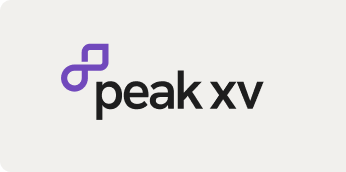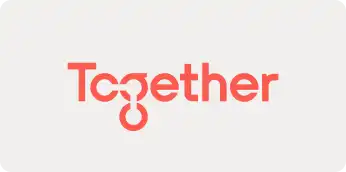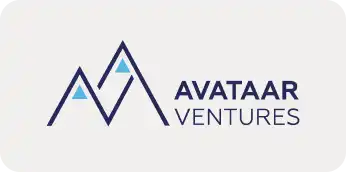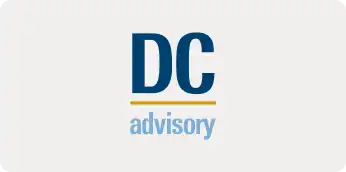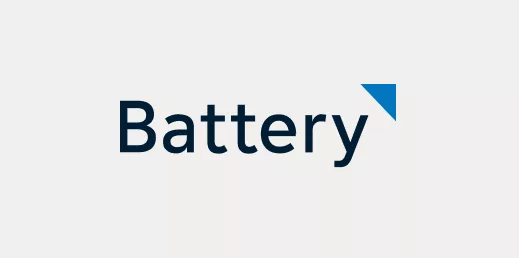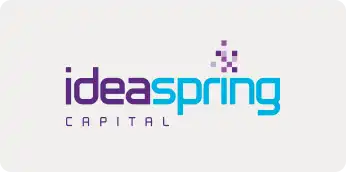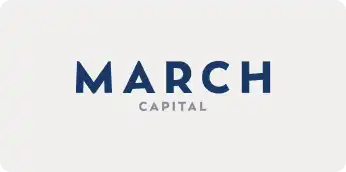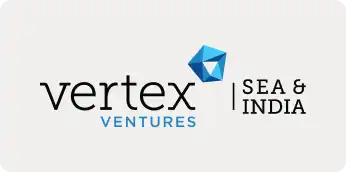Hello and welcome back to MRR!
And a warm welcome to new subscribers!
There’s no escaping this anymore! Generative AI and large language models have become the predominant part of the zeitgeist this year after the release of ChatGPT to the public in December. So we decided to look at a whole gamut of thoughts and reports on AI. And crunch it all for you. Let’s begin with an annual study released this month, looking at where we are today with AI. And let me assure you this is written by a human – for now.

AI’s new benchmarks
The Stanford University of Human-Centered Artificial Intelligence (HAI) brings out an AI Index every year, led by an independent and interdisciplinary group of AI leaders, to ground the AI conversation in data. Its latest study released this month looks at the new levels AI is reaching.
The progress of generative AI models has outrun benchmarks used earlier to assess them. New benchmarks like BIG-bench and HELM were released. New questions have also come up on the misuse of chatbots and text-to-image generators. Another trend observed is the use of AI to improve AI. Nvidia used an AI learning agent to improve the design of chips that power AI.
Opportunities emerge for AI-powered SaaS
The mainstreaming of AI-powered solutions is finally here, and Indian SaaS companies are well-positioned to capture a large set of opportunities around this, writes Eka Software founder Manav Garg. There are already a number of startups offering generative AI solutions around text, audio, and video, but they’re only a tip of the iceberg. The next set can offer syncretic solutions using the powerful palette of ready-made components from foundational AI platforms like OpenAI. They can leap-frog to new business solutions, says Garg.
Stellaris partner Arpit Maheshwari echoes the sentiment, and points out that adoption of AI-powered products will also go from skepticism to acceptance, thanks to the opening up of the likes of ChatGPT to the public.
Watch! It’s gonna get BIGGER than mobile!
“Mobile was big but there was a discrete set of use cases, like when you put a camera on a phone, when you put a GPS device on a phone. A bunch of consumer apps like Uber and others came up. That was awesome but it was not like, this impacts everything like the internet did … This is an order of magnitude bigger than that.”
Dharmesh Shah, co-founder of Hubspot, had a brainstorming session with Shaan Puri and Sam Parr on ChatGPT business ideas which you can watch on YouTube.
The economy, people, and jobs in the age of AI
While companies big and small scramble to figure out ways to make money from the new AI tools, we also need to look at broader effects. The promise of AI in boosting productivity has remained in the doldrums over the past decade and a half. But that could now change, seeing the new capabilities of generative AI. The nuances of how that could transform our working lives is the focus of an MIT Technology Review article.
Earlier, we thought AI would mainly come for rote jobs. But AI’s fast-growing ability to write, code, and create graphics has made it clear that so-called creative work will also be impacted. How that plays out, however, can take many forms, depending on what policy-makers, companies, and people choose to do.
The tech-savvy could use the tools to get even better at what they do. At the same time, others can upskill themselves faster to catch up with those who are better qualified. Companies could cut costs by using AI to replace workers or they could get more out of their workforce by arming their employees with AI. And although the development of platforms like GPT is hugely expensive, open source alternatives are emerging.
Bill Gates, founder of Microsoft, which is one of the main backers of OpenAI, has also given his personal take on the new era, focusing on productivity, health, and education.
Are you ready for the EU AI Act?
Amidst the hype and excitement comes a dash of cold water – compliance. Generative AI is drawing new scrutiny from policy-makers. The number of bills related to the use of AI that passed into law went from just one in 2016 to 22 last year, points out the HAI AI Index.
The gold standard for tech regulation is the EU. Just as it did with GDPR for data in 2018, the EU aims to come out with an AI Act by the end of the year. Although its purview will be within EU borders, it will probably become a global standard, judging by what happened with GDPR.
So companies designing AI models, products, and solutions based on the new generative AI platforms would be well-advised to make sure they comply with the EU Act. What shape that’s likely to take and how companies can prepare for it is the subject of an article in AI News by an AI founder.
The 3-step playbook to survive and thrive
After all the heady talk about AI, it’s time to come down to earth. “Survive and thrive” was the theme of the SaaSBOOMi Annual ‘23 in Chennai on March 17-18. SaaSBOOMi’s annual report, presented at the event, offered a three-step playbook for Indian SaaS founders at a time when they face the double whammy of lower access to capital and lower revenue.
The first step is choosing where to play, and the report lays out 30 resilient domains to consider. The second step, what to play, offers a matrix for choosing a differentiated business model. And the third step calls for a shift in mindset from hustling to institutional execution. For more on this, read this blog post in SaaSBOOMi.
Among other updates from the annual event, Kissflow founder Suresh Sambandam’s blog post summarizes an orbital jump to SaaSBOOMi 2.0 and a new governance framework as it grows. Staffer Amrutha Jalahalli’s blog post points to new milestones crossed, such as breaking the 1000 barrier in number of attendees while maintaining a high performance score of 9.57/10. The magical volunteers who made it all happen are revealed in another post, Who made SaaSBOOMi Annual ‘23 tick? And founding volunteer Avinash Raghava goes down memory lane to the roots of building this community and charts out the road ahead as the organization’s first CEO.
Listen! Get your pricing right!
Our latest BTS podcast episode experiments with a new format where the hosts, SuperOps.ai co-founder Arvind Parthiban and Kayako founder Varun Shoor, take up a hot topic and discuss it threadbare between themselves. Their first discussion aims to help SaaS founders get their pricing right, which is not always as straightforward as it sounds. They discuss the pricing strategies of various companies and how those might apply to different contexts.
A guide to hiring beyond $2m ARR
Playbooks are mostly written on the early stages of a startup, from fundraising to finding product-market fit (PMF). But the path gets hazier after that. Our newest blog post in the Founder’s Playbook series addresses a fundamental aspect of scaling beyond $2m ARR for a SaaS company: hiring and organizational structure.
Disprz CEO and co-founder Subramanian (Subbu) Viswanathan shares his thoughts behind eight key hires he made as the learning and upskilling platform crossed $2m ARR, raised a series B round, and reached $10m ARR – a must-read for growth stage founders.
Moneyball for SaaS product metrics
How coach Sean Bean and the Oakland Athletics used a metric-based approach to upset the baseball applecart is the subject of folklore, a book, and a movie. Their North Star metric was to win games. They broke that down into components like getting more players on base.
Now a blog post by Peter Pascale explains how the Moneyball strategy applies to SaaS product metrics. “What is your equivalent to getting on base … the steps that your customers must take with your product to achieve deeper value? Identify these steps, and you break winning down into the essential components. You get the ability to measure, experiment with, and target each specific action that leads to your North Star metric,” he writes.
With love,
Malavika Velayanikal
Hat tips to MRR editorial volunteers Aastha Sharma, Sumit Chakraberty, and Varun Thirumalai for sharing good reads.
Thanks for reading the newsletter! If you liked it, please share it with other founders to subscribe for free and get new posts on all things SaaS on the 10th every month. Also write to me with feedback. I would love to hear from you ❤️













